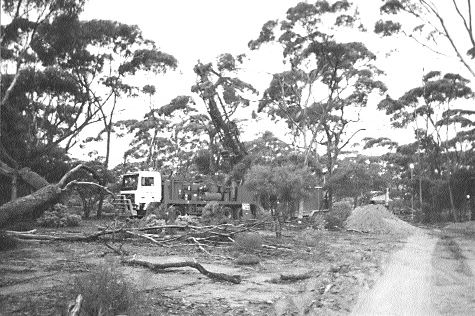Vancouver —
The deposit, which lies 3 km south of the company’s smaller Emily Ann nickel mine, was recently the subject of a feasibility study. It concluded that the Main zone has an indicated resource of 633,000 tonnes grading 3.55% nickel.
The company plans to mine the lower massive sulphide zone (probable reserve: 475,000 tonnes at 3.55%), while evaluating a small high-grade section at the upper part of the Main zone by means of decline drilling. LionOre says incremental production from the high-grade section could be achieved by the second half of 2003, with production from the lower zone coming in the third quarter of 2004.
Based on a nickel price of US$3.25 per lb., average cash operating costs ring in at US$170 per lb., generating some US$15 million is cash flow for the junior nickel producer. Underground development costs, expected to hit US$13 million, will be funded with existing cash, and nickel concentrates will be sold to
Underground development at Emily Ann has been ramped up, with production expected to rise to 350,000 tonnes per year by the second quarter of 2003. Currently 250,000 tonnes are being treated.
The Emily Ann process plant will be upgraded in incremental stages to accommodate Maggie Hays’ ore. By the third quarter of 2004, capacity is slated to hit 500,000 tonnes per year. Capital costs for the upgrade are projected to be US$4 million.
Combined with the Emily Ann mine, nickel production in the Lake Johnston region is expected to increase to 7,000-8,000 tonnes per year, up from 5,400 tonnes in 2002.
The high-grade section of the Maggie Hays deposit was discovered in 1993, and, despite hosting an overall resource of 11 million tonnes grading 1.5% nickel, advancement of the project has been delayed by a complex ownership structure. In May 2002, LionOre secured a 9-month exclusive option agreement with
Overall, the deposit is 1.4 km long and has a maximum downdip extension of 500 metres. Mineralization comprises mainly pyrrhotite and pentlandite, with lesser amounts of pyrite and chalcopyrite. The Main zone hosts disseminated mineralization up to 40 metres thick, stratigraphically underlain by a massive sulphide zone up to 7 metres wide. The disseminated mineralization contains 15-20% sulphides, while the basal massive sulphide contains 80% sulphides.
A complex tabular zone of stringer and massive sulphides hosted by felsic volcanics marks the Maggie Hays North zone. The mineralization ranges from 3 to 8 metres wide and is controlled by a shear zone that dips 60 to the east.
The combined indicated resource of the two zones is 3 million tonnes grading 2.4% nickel.


Be the first to comment on "Maggie Hays gets green light (February 03, 2003)"